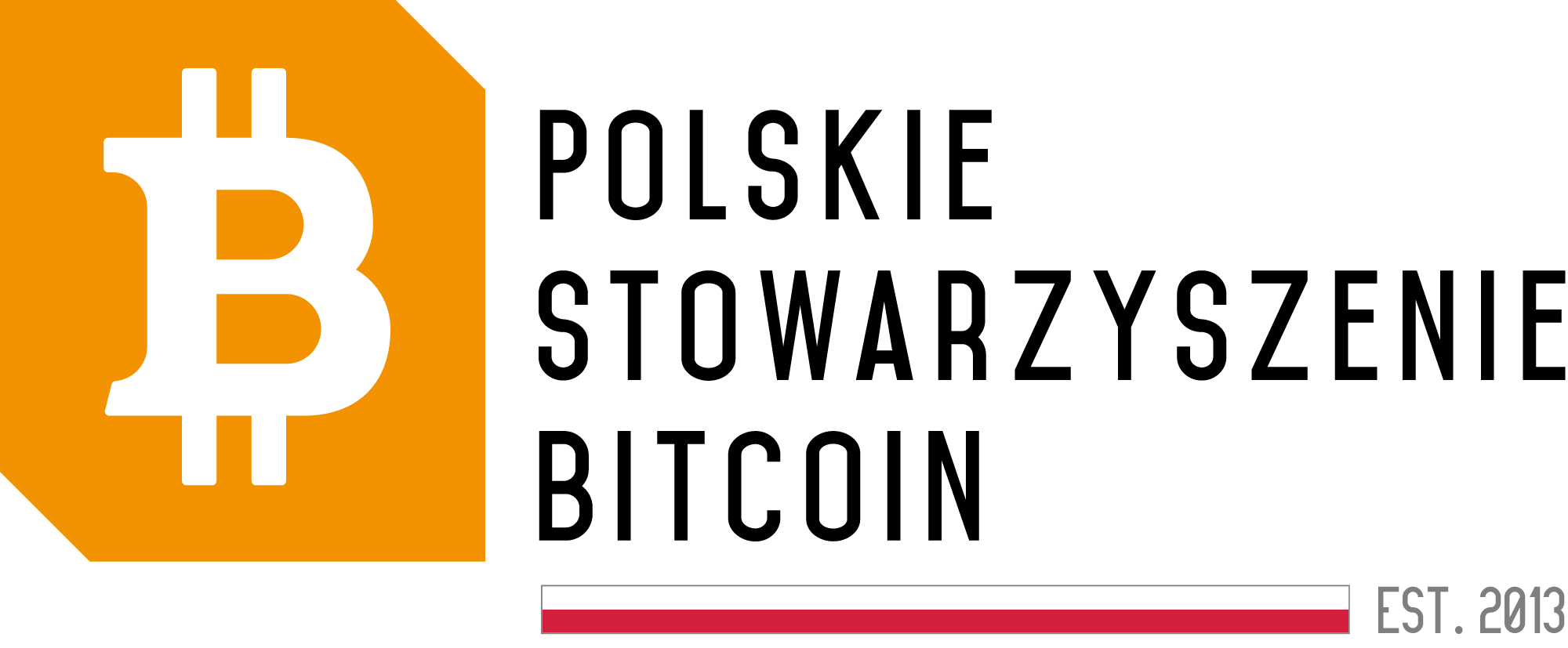Bitcoin Halving: Impact on the Cryptocurrency Market and the Future of Bitcoins

Bitcoin Halving: What Is It and How Does It Affect the Cryptocurrency Market?
Bitcoin Halving is a process in which the reward for mining a new block in the cryptocurrency network is reduced by half. The next reward reduction for bitcoin miners, known as halving, is expected on April 20. The reward will decrease from 6.25 BTC to 3.125 BTC, lowering bitcoin’s annual inflation rate from 1.7% to 0.85%.
Short- and Long-Term Effects of Bitcoin Halving
History shows that bitcoin halvings cause short-term volatility but long-term price increases. Prior to the previous halvings in 2016 and 2020, the price of bitcoin saw an increase, followed by a drop, but ultimately the price surpassed previous highs.
Price Upsurge Trend Post-Halving
There is a noticeable trend of decreasing percentage price growth of bitcoin post-halving. After the first halving, the price surged by 4802%, but this value declined in subsequent halvings. This suggests that due to a larger market capitalization, future bitcoin price increases will gradually diminish.
Current Halving and Its Specifics
The current halving differs from previous ones due to bitcoin surpassing its previous price record. Large institutions have invested significant funds in bitcoin following the approval of Bitcoin ETFs.
Increase in Transactions and Mining Share
An increase in high-value transactions and a larger share of mining in the transaction segment are visible, which may affect bitcoin’s supply and liquidity dynamics.
Future Outlook
Short-term price volatility is expected due to the upcoming halving, but the long-term perspective remains decidedly optimistic. The reduction in supply and institutional interest play a role in this outlook.





